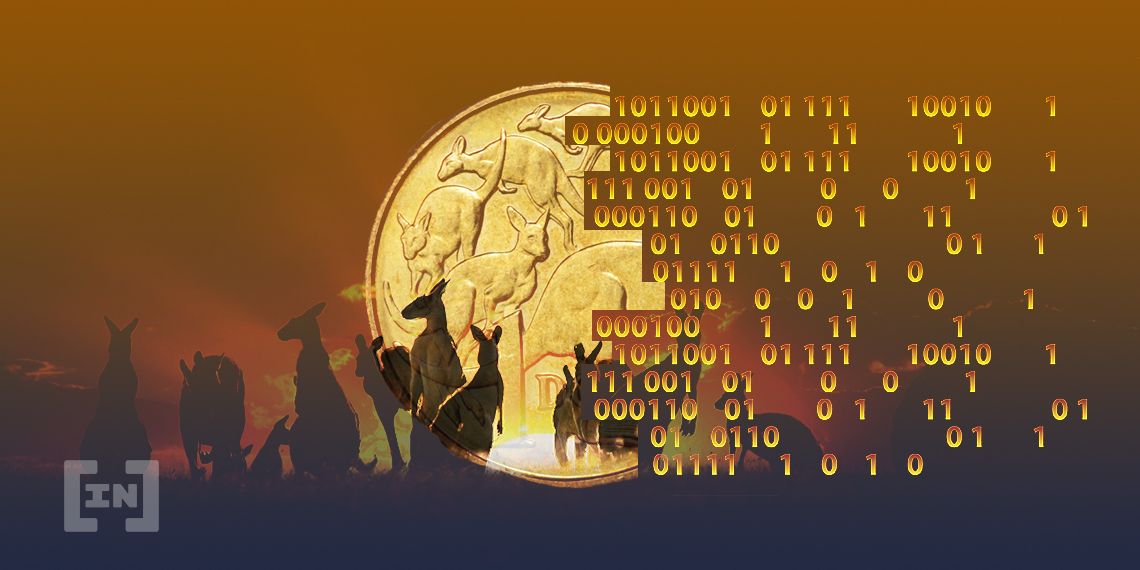Employing Ethereum-powered distributed ledger technology (DLT), the Reserve Bank of Australia (RBA) is forging new alliances to push the development of its own CBDC.
On Nov. 2, 2020, the RBA announced that it would combine the efforts of the Commonwealth Bank, National Australia Bank, ConsenSys, and Perpetual to develop Australian digital currency.
This is in line with the efforts of the US’ Federal Reserve to develop its so-called Fedcoin. It remains unclear how the ongoing CBDC trend will impact the adoption rate of cryptocurrencies.
We are partnering with Commonwealth Bank, National Australia Bank, Perpetual and ConsenSys Software to explore the potential use and implications of a wholesale form of central bank digital currency using distributed ledger technology – https://t.co/yYMi2Y4Uvm
— Reserve Bank of Australia (@RBAInfo) November 1, 2020
Australia Just Starting to Explore CBDC
The RBA announced that it would cooperate with the following institutions to explore the implementation of its CBDC:- ConsenSys – A software company that specializes in developing full-stack blockchain networks and products, but primarily Ethereum-based.
- Perpetual – A legacy investment company founded in 1886, focused on wealth management, research, and advice.
- Commonwealth Bank
- National Australia Bank
“We are aiming to explore the implications of a CBDC for efficiency, risk management and innovation in wholesale financial market transactions.”However, the preliminary analysis of Australian CBDC feasibility may not be a protracted affair. By the end of 2020, the RBA expects to see results. In the first half of next year, the RBA will issue its own report with the next steps needed to make the CBDC a reality.
China Spearheads Push Ahead of Western Central Banks
On Oct. 9, the People’s Bank of China (PBoC) began a digital currency test-run. The PBoC issued 10 million digital yuan to 50,000 randomly selected Chinese citizens to be used in a wide range of commercial settings. Zhou Xiaochuan, the former governor of the PBoC, framed the Chinese digital currency as a defense against “dollarization.” He had this to say at the Euroasia Forum on October 27:“We [need] to prevent dollarization. This is one of the major designing points of the Chinese DCEP.”Western central banks appear to be some way behind China in the development of digital currencies. While China is conducting real-world tests, other major central banks are still forming frameworks. According to a joint statement from several major Western central banks, CBDCs should follow several principles:
- Maintenance of financial stability alongside innovation.
- Complementary to the fiat money system.
- Adhering to the same level of efficacy and speed as cryptocurrencies.
Top crypto platforms in the US
Disclaimer
In adherence to the Trust Project guidelines, BeInCrypto is committed to unbiased, transparent reporting. This news article aims to provide accurate, timely information. However, readers are advised to verify facts independently and consult with a professional before making any decisions based on this content. Please note that our Terms and Conditions, Privacy Policy, and Disclaimers have been updated.

Rahul Nambiampurath
Rahul Nambiampurath's cryptocurrency journey first began in 2014 when he stumbled upon Satoshi's Bitcoin whitepaper. With a bachelor's degree in Commerce and an MBA in Finance from Sikkim Manipal University, he was among the few that first recognized the sheer untapped potential of decentralized technologies. Since then, he has helped DeFi platforms like Balancer and Sidus Heroes — a web3 metaverse — as well as CEXs like Bitso (Mexico's biggest) and Overbit to reach new heights with his...
Rahul Nambiampurath's cryptocurrency journey first began in 2014 when he stumbled upon Satoshi's Bitcoin whitepaper. With a bachelor's degree in Commerce and an MBA in Finance from Sikkim Manipal University, he was among the few that first recognized the sheer untapped potential of decentralized technologies. Since then, he has helped DeFi platforms like Balancer and Sidus Heroes — a web3 metaverse — as well as CEXs like Bitso (Mexico's biggest) and Overbit to reach new heights with his...
READ FULL BIO
Sponsored
Sponsored
